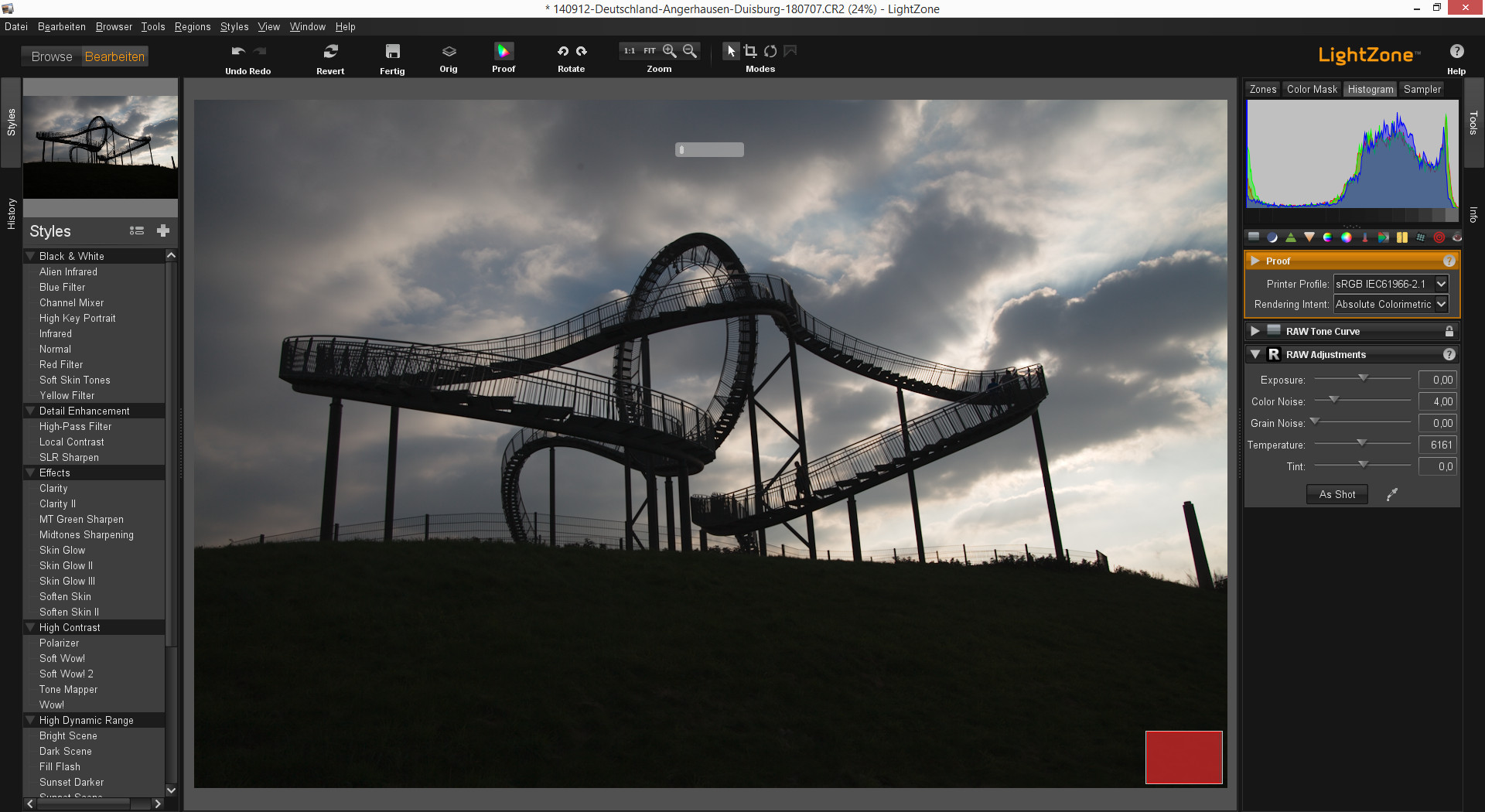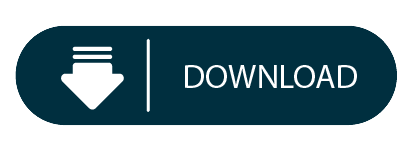
It’s a great time to be a digital photographer. The price of digital SLR cameras are falling, and in the last year or so some amazing new software packages have debuted that make advanced photo editing easier and more affordable than ever before. Among the most intuitive is a relatively new kid on the block called LightZone, and it’s gaining popularity with each new version (the most current as of this writing being 3.0.6). The fully featured edition, with its digital asset management and batch processing abilities, is built for pros doing high-volume shoots. The basic edition is quite suitable for everyone else (including hobbyists), and can be used as an external editor for existing iPhoto ( ), Aperture ( ), Lightroom ( ), or iView MediaPro ( ) libraries.
Combining a simple interface with a unique visual approach to lighting adjustments, LightZone includes a few of Photoshop’s more powerful features, and you can buy it without breaking the bank.
Answer 1 of 7: Hello. Can anyone tell me if there are any establishments in the red light district that cater to gay men, perhaps escort services for gay men, strip shows, etc.? LightZone Features and Capabilities. We’ve mentioned a bit of what LightZone can do, but we’ve just scratched the surface. Given that it is one of the most famous pieces of photo editing software out there, it comes equipped with impressive features and capabilities. Naturally, one of the best features of LightZone is the relight tool.
Style matters
LightZone is a breakthrough in digital photography. The software represents a milestone in correcting and retouching anyone's photos to create stunning images and prints for sharing with family.
In the year and a half since its initial release ( ), LightZone has matured at warp speed. Version 3’s simpler interface includes Browse and Edit modes, the latter sporting 29 useful adjustment presets called Styles. Choose from eight variations of black and white, seven toning effects, and more: you can see and tweak the individual tools used to create each effect in the tool stack on the right side of the program’s work space.
Style adjustments are temporary until you click the tiny checkmark to the left of their name in the Styles list. Toggle the adjustment’s visibility on and off by clicking the checkmark to the right of its name in the tool stack. To reject an adjustment, click the X. You can create your own styles, use them in batch operations (though only in the full version of the product), and share them with others, much as you can with Photoshop ( ) actions.
A new History tab, located on the far left side of the interface when you’re in Edit mode, keeps track of everything you do; however, it records every adjustment you try, not just the ones you apply.
Getting into the Zone
LightZone’s individuality shines brightest in its unique approach to lighting and tonal corrections. Photos are broken into 16 shades of gray, displayed in a linear scale called the ZoneMapper (derived from Ansel Adams’ photographic Zone System), wherein each shade represents the lighting difference of half an f-stop. Hover your mouse over any shade and the corresponding areas light up in the ZoneFinder, a small grayscale representation of the photo at the top right of the window. (If this sounds a bit complicated, don’t worry; LightZone’s help system is amazingly well developed, and it will get you up to speed quickly.)
For example, to see the darkest area (shadows) in your photo, hover over the blackest bar in the ZoneMapper. To see the lightest area (highlights), hover over the whitest bar. To make a change, click once in that area of the ZoneMapper and drag the resulting blue line (the zone lock) up to brighten or down to darken. This unique ability to see the highlights, shadows, and midtones is nothing short of revolutionary, and it’s more intuitive than methods used in other editors, like Photoshop’s Levels and Curves.
The new Relight tool lets you adjust contrast and lighting even further, and most tools have blend modes for controlling how adjustments in the tool stack interact with each other, complete with an opacity control.
Any adjustment can be copied from one photo and applied to others. Pros will also enjoy LightZone’s Raw adjustment tool and the ability to edit metadata.


Vector masks
A drawback of other photo editors is their inability to restrict adjustments to a particular area of a picture. You can do it in Photoshop, but it’s a fairly complicated process.
In LightZone, you can mask any adjustment by using one of three Region tools to create an editable selection area. Though you can swap the affected area by clicking the Invert Mask button in the tool stack, there’s no way to save the region; once you change tools, it disappears.
Macworld’s buying advice
If you long for simplicity in photo editing in an un-bloated piece of software, give LightZone 3.0.6 a try. Its unique visual approach to editing, time-saving Styles, and well-designed help system will aid the learning process. At the speed at which major enhancements are being released, I can’t wait to see version 4.
[ Lesa Snider King, founder of GraphicReporter.com, is a freelance writer, chief evangelist of iStockphoto.com, and coauthor of the forthcoming Photoshop CS3: The Missing Manual (Pogue Press, O’Reilly; 2007) .]
In Edit mode, you can add a preset Style to a photo by clicking its name in the list on the left. The tools used to create the effect are in the tool stack on the right, wherein you can tweak each one. In this example, I’ve applied the Black and White Red Filter, Local Contrast, and Golden Sepia styles.The ZoneMapper allows you to see the shadows, highlights, and midtones of your photo as zones that light up in the ZoneFinder at the top right. By hovering over the scale, I was able to visually target the specific area I wanted to lighten (the man’s shirt). I clicked once within that area of the ZoneMapper to create a zone lock, and dragged it upward to brighten that area.Lightzone X64
:max_bytes(150000):strip_icc()/IP_LZ-3-58b9a6115f9b58af5c84e131.png)
Lightzone Vs Darktable
Using the Spline Region tool, I quickly created an editable selection around my face and used the ZoneMapper tool to darken that specific area.